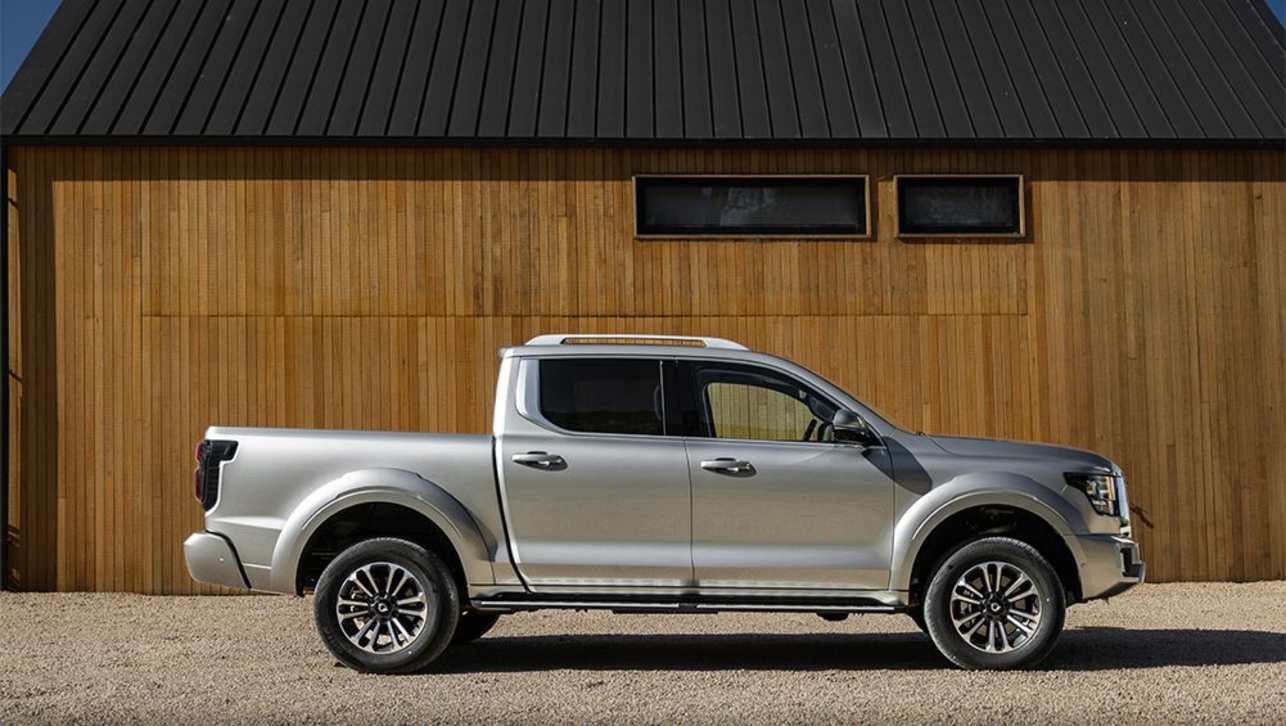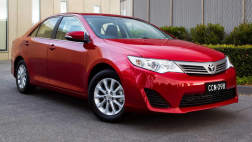A lot of optional equipment depreciates far faster than the car it is fitted to, and rapid changes in standard equipment can overtake impressive showroom choices in as little as three years. Extra safety equipment is hit among the hardest by depreciation, as used-car buyers are reluctant to pay extra for additional airbags or ESP stability control.
Yet a sunroof or leather trim or flashy alloy wheels could get a payback at trade-in or resale time as upmarket additions can add extra appeal. Even the right colour choice can make a difference to a car's secondhand value, as trendy colours become unpopular quickly while staples such as white, silver and black tend to be timeless.
"You have to be very careful. If you start by spending $3000 on options it might all be worthless in a few years," the spokesman for car-price authority, Glass's Information services, says. "If the car depreciates at 40 per cent, some of these options can depreciate at twice that, or more," says Chris D'Sousa.
He says flashy extra gear, including sunroofs and leather trim, might not put extra cash in the wallet but could make it easier to get a sale. "They don't really add resale value. They add resale appeal," D'Sousa says.
Glass's tracks values for more than 40 items of optional equipment, currently tracking it backwards to cars sold in 2000. The list includes everything from extra airbags to CD players, body kits, bullbars and Xenon headlamps. A range of extras is rated with zero value after 10 years, including anti-skid brakes, cruise control (which hits zero at seven years), and a six-stack CD player.
Glass's believes the best approach to new-car shopping is to choose a car that is already well equipped, only adding optional essentials such as a towbar. "If you take a basic car, it's better to take a higher-spec model because options deprectiate a lot more than the car itself. Some, like towbars, will be value for about four years," he says. "A good option will add value for up to 10 years. Then it becomes irrelevant.
"It is better to buy the higher-spec car because resale will be better." Digging into specifics, D'Sousa says buyers need to be careful what they add to a car. "There are certain options, like the visual touch-and-feel stuff _ that's sunroofs, alloy wheels and leather trim - that will always enhance a car. Then there are hidden options that are more in tune with today's market needs, like ESP and curtain airbags, that have no perceived value.
"Turn the clock forward, and this stuff is standard. It adds no value. "We believe side airbags will have some value now for about six years. Then it will be an expectation. Satnav might have an average new price of $5000, but after a year we believe the value falls to only $2000. Then at 10 years it falls to $300. A body kit will depreciate less than a rear cargo barrier."
Glass's tracks the whole car market and D'Sousa says there are different rules in different price classes. A $15,000 Hyundai Getz should not be tweaked, a Commodore or Falcon only deserves dressing if it is already a premium model, while BMW and Benz buyers should avoid going overboard.
"If you take a Hyundai Getz and spend a lot of money dressing up, people buying it secondhand don't perceive it as premium," he says. "If you were looking at a base-model Falcon or Commodore I would suggest no options beyond a towbar. But if you look at a G-Series Falcon then a sunroof and leather trim will add some value.
"Even with a BMW, there are some options that add a lot more, and luxury brands have options' lists that run to small books. You can take a car and add 50 per cent to the purchase price, but does that add value?"
On car colours, D'Sousa warns about going for fashion colours that change rapidly. Holden is famous for using 'hero' colours on its V8- powered SS Commodore, switching rapidly from gold to light blue, green and even purple in recent years. "These days everyone wants a black or silver car. A few years ago everyone wanted a green car, but these days no-one wants a green car," he says.
There are also regional differences between what sells and what sits on the lot. "Convertibles don't sell well in Queensland, but they are popular in Sydney or Melbourne. White cars are not so popular in Melbourne," D'Sousa says."A fuddy-duddy car like a Mercedes-Benz sells well in Melbourne.
People in Darwin will travel to Adelaide to get a secondhand four- wheel drive because they know it has had an easier life. It's the same for people in Perth, who will go to Adelaide for an SUV because they don't like the red-dust staining you get in WA."
Item new price value after 10 years
Satellite navigation $5000 $300
In-car television $2800 $200
Electric sunroof $2300 $200
Dual airbag package $1400 $0
Alloy wheels $1000 $0
Source: Glass's Information Systems



.jpg)



.jpg)



.jpg)











.jpg)









W.jpg)




Comments